Home>Garden Essentials>Lower Part Of Turf Grass Has Yellow In It, What Does This Indicate
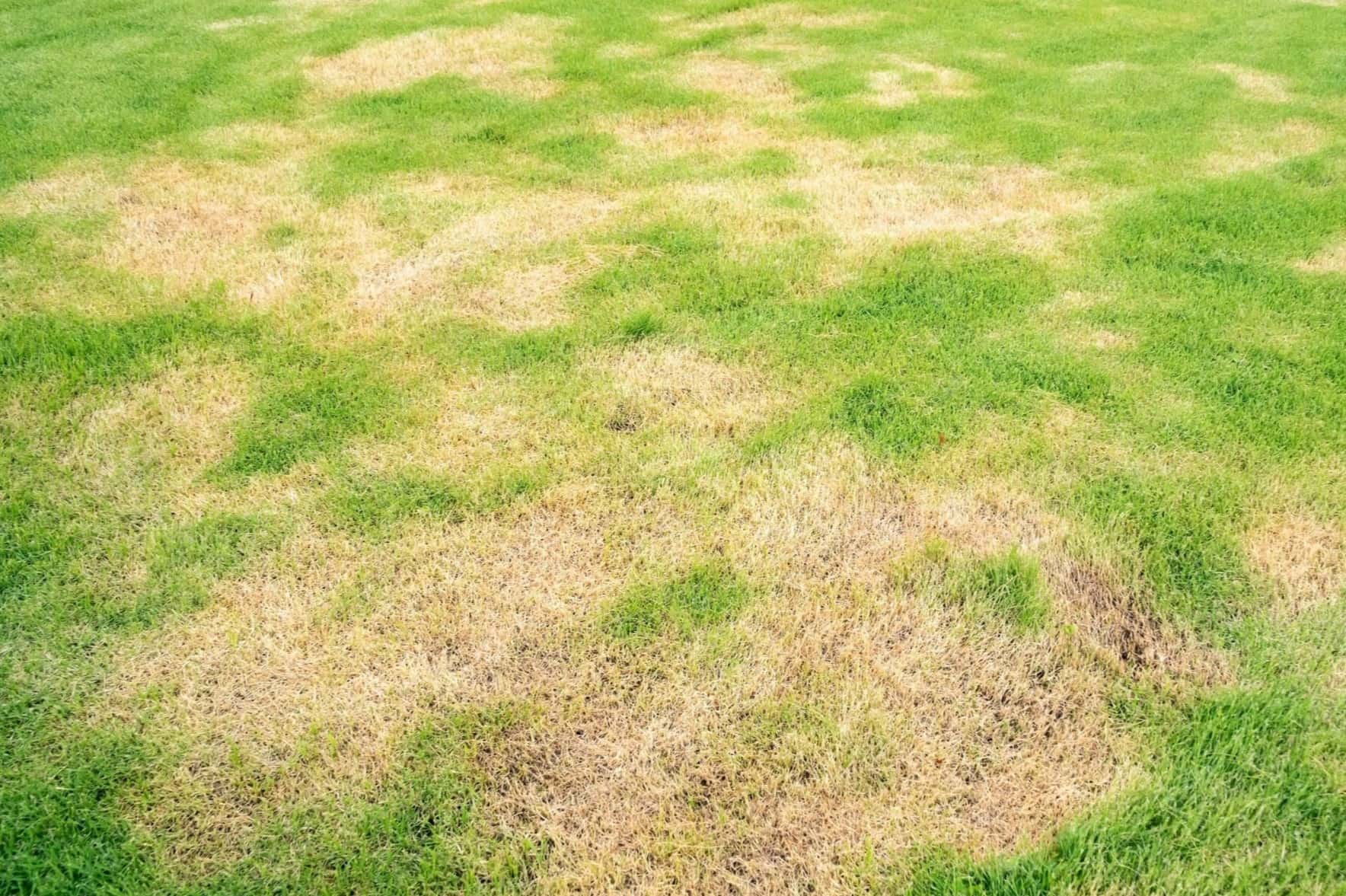

Garden Essentials
Lower Part Of Turf Grass Has Yellow In It, What Does This Indicate
Modified: March 7, 2024
Discover the reasons why the lower part of your garden's turf grass has turned yellow and what it could indicate for the health and condition of your lawn.
(Many of the links in this article redirect to a specific reviewed product. Your purchase of these products through affiliate links helps to generate commission for Storables.com, at no extra cost. Learn more)
Introduction
Turf grass is a popular choice for lawns, sports fields, and other outdoor areas due to its lush green appearance and durability. However, it can be disheartening to notice yellowing in the lower part of the turf grass. This yellow color indicates an underlying issue that needs to be addressed in order to maintain the health and vibrancy of the turf grass.
Understanding the causes of yellowing in the lower part of turf grass is crucial to diagnosing the problem and implementing the appropriate corrective measures. In this article, we will explore the various factors that can contribute to this issue, such as nutritional deficiencies, soil pH imbalance, overwatering or poor drainage, pest or disease damage, lack of sunlight, and environmental stressors. By identifying the root cause, we can effectively restore the green vigor of your turf grass.
Key Takeaways:
- Yellowing in the lower part of turf grass can be caused by factors like nutrient deficiencies, soil pH imbalance, overwatering, pests, lack of sunlight, and environmental stress. Proper diagnosis and corrective measures can restore the grass’s health.
- To address yellowing in turf grass, consider soil testing, adjusting nutrient levels, improving drainage, managing pests and diseases, increasing sunlight exposure, and reducing environmental stressors. Consistent maintenance and patience are key to revitalizing the grass.
Read more: What Parts Of Lower Manhattan Are Infill
Causes of Yellow Color in the Lower Part of Turf Grass
When the lower part of turf grass starts to turn yellow, it’s vital to identify the underlying causes in order to determine the appropriate course of action. Here are some common factors that contribute to the yellowing of turf grass:
- Nutritional deficiencies: Yellowing in the lower part of turf grass can be a sign of nutrient deficiencies. Essential nutrients like nitrogen, iron, and magnesium are necessary for healthy turf grass growth. If these nutrients are lacking in the soil, the turf grass may exhibit yellowing. Conducting a soil test can help determine the specific nutrient deficiencies and enable you to apply the appropriate fertilizer.
- Soil pH imbalance: Turf grass thrives in a slightly acidic to neutral pH range. When the soil pH becomes too acidic or too alkaline, it can affect nutrient availability to the grass, leading to yellowing. Regularly testing and adjusting the soil pH can help restore the optimal growing conditions for the turf grass.
- Overwatering or poor drainage: Excessive watering or poor drainage can cause the lower part of turf grass to become waterlogged. This leads to root suffocation and prevents the uptake of nutrients, resulting in yellowing. Ensuring proper irrigation practices and improving drainage in problem areas can alleviate this issue.
- Pest or disease damage: Pests such as grubs or diseases like fungal infections can weaken the turf grass, causing yellowing in the lower part. Identifying the specific pest or disease and implementing appropriate control measures, such as applying insecticides or fungicides, can help mitigate the damage and restore the grass’s health.
- Lack of sunlight: Turf grass requires a certain amount of sunlight to thrive. If the lower part of the grass is shaded due to overhanging trees, structures, or other obstructions, it may develop a yellowish tint. Pruning trees or finding alternative solutions to increase sunlight exposure can help alleviate the problem.
- Environmental stressors: Extreme temperatures, drought, or excessive foot traffic can stress the turf grass and lead to yellowing. Implementing proper watering schedules, providing shade during hot periods, and managing foot traffic can help reduce environmental stress and promote healthy turf growth.
Diagnosing the cause of yellowing in the lower part of the turf grass requires careful observation and analysis. By identifying the specific contributing factors, you can implement the necessary corrective measures to restore the green lushness of your turf grass.
Nutritional Deficiencies
Nutritional deficiencies play a significant role in the yellowing of the lower part of turf grass. When essential nutrients are lacking in the soil, it can impact the grass’s ability to carry out vital physiological processes, leading to yellowing and overall poor health.
Here are some common nutrient deficiencies that can cause yellowing in turf grass:
- Nitrogen (N) deficiency: Nitrogen is a crucial nutrient for the growth and development of turf grass. It boosts chlorophyll production, which gives grass its green color. When there is a lack of nitrogen, the lower part of the grass may turn yellow as chlorophyll production decreases. Applying a high-nitrogen fertilizer can help correct this deficiency and restore the grass’s green color.
- Iron (Fe) deficiency: Iron is essential for chlorophyll synthesis in turf grass. When iron levels are insufficient, the grass may exhibit yellowing, particularly between the veins of the leaves. This condition, known as iron chlorosis, can be rectified by applying iron chelate or iron sulfate to the affected area.
- Magnesium (Mg) deficiency: Magnesium is vital for photosynthesis and energy production in turf grass. A deficiency of this nutrient can lead to yellowing, especially in older leaves. Adding magnesium sulfate, also known as Epsom salts, to the soil can help replenish magnesium levels and restore the grass’s healthy green color.
- Potassium (K) deficiency: Potassium plays a crucial role in overall turf grass health and stress tolerance. A lack of potassium can result in yellowing, weak root development, and increased susceptibility to diseases. Applying a potassium-rich fertilizer can help address this deficiency and promote vibrant green turf grass.
- Other micronutrient deficiencies: In addition to the macro-nutrients mentioned above, micronutrient deficiencies can also contribute to yellowing of the lower part of turf grass. Micronutrients such as zinc, manganese, and copper are required in smaller quantities but are equally important for grass health. A comprehensive soil test can identify specific micronutrient deficiencies and guide the appropriate corrective actions.
Regular soil testing is essential to determine the nutrient composition of the soil and identify any deficiencies. Based on the soil test results, you can adjust your fertilization program to provide the necessary nutrients in the right amounts and ratios for optimal turf grass growth. Additionally, maintaining proper irrigation and implementing good cultural practices, such as regular mowing and aeration, can also help optimize nutrient availability and prevent deficiencies.
By addressing nutritional deficiencies, you can ensure that your turf grass receives the necessary nutrients for vibrant growth and a healthy green color, eliminating the yellowing in the lower part of the grass.
Soil pH Imbalance
The pH level of the soil plays a crucial role in the health and appearance of turf grass. When the soil pH becomes imbalanced, it can directly impact nutrient availability and uptake, leading to yellowing in the lower part of the grass.
The optimal pH range for turf grass is typically slightly acidic to neutral, with a pH level between 6.0 and 7.0. However, certain factors can cause the soil pH to become too acidic or too alkaline, disrupting the nutrient balance and hindering the grass’s ability to thrive.
Here are the two main soil pH imbalances and their effects on the turf grass:
- Acidic soil (low pH): Acidic soil is characterized by a pH level below 6.0. In such conditions, certain essential nutrients, particularly phosphorus (P), potassium (K), and calcium (Ca), become less available to the grass. As a result, the lower part of the turf grass may exhibit yellowing, stunted growth, and an overall lack of vigor. Soil amendments such as lime can be applied to raise the pH and neutralize the acidity, creating a more favorable environment for the grass to thrive.
- Alkaline soil (high pH): Alkaline soil has a pH level above 7.0. In alkaline conditions, iron (Fe), manganese (Mn), and zinc (Zn) may become less accessible to the turf grass, leading to yellowing of the lower part of the grass. Additionally, alkaline soil may also contribute to nutrient imbalances, resulting in overall poor turf health. Soil acidifiers, such as elemental sulfur, can be applied to lower the pH and create a more suitable growing environment for the grass.
Soil testing is essential for accurately determining the pH level of the soil. Regular soil tests can help identify whether the soil is too acidic or too alkaline and guide the appropriate corrective measures.
In addition to soil amendments, other practices can help maintain a balanced soil pH for healthy turf grass:
- Proper irrigation: Overwatering or poor drainage can contribute to soil pH imbalances. Ensuring that the turf grass receives adequate water without excessive runoff is crucial. Proper irrigation practices not only help maintain a balanced pH but also promote deep root growth and nutrient uptake.
- Organic matter management: Incorporating organic matter, such as compost, into the soil can improve its structure, moisture retention, and nutrient availability. Organic matter acts as a buffer, helping to stabilize the soil pH and create a favorable environment for turf grass growth.
- Regular soil testing and monitoring: Conducting periodic soil tests can help keep track of changes in soil pH over time. Regular monitoring allows for timely adjustments and ensures that the turf grass remains in an optimal growing environment.
By addressing soil pH imbalances and maintaining a balanced pH level, you can help prevent yellowing in the lower part of the turf grass and promote a thriving and vibrant lawn.
Overwatering or Poor Drainage
Overwatering or poor drainage can be detrimental to the health of turf grass and contribute to yellowing in the lower part of the grass. Both of these watering-related issues can lead to root suffocation and a lack of oxygen in the soil, resulting in nutrient deficiencies and waterlogged conditions.
Here’s how overwatering and poor drainage can impact turf grass:
- Overwatering: Excessive watering can saturate the soil, preventing the roots from accessing oxygen. As a result, the roots may become weak and susceptible to disease. Over time, the lack of oxygen and nutrient uptake can cause yellowing and decline in the lower part of the turf grass. It’s important to strike a balance between providing enough water for the grass’s needs and avoiding overwatering. Monitoring soil moisture levels and adjusting irrigation accordingly can help prevent overwatering and alleviate associated issues.
- Poor drainage: Inadequate drainage can lead to water pooling on the surface or being trapped near the roots. When the soil doesn’t drain properly, it becomes compacted and creates an unfavorable environment for the turf grass. Excess water restricts root growth and oxygen availability, resulting in yellowing, root rot, and overall poor health. Improving drainage can involve implementing proper grading, installing drainage systems, or incorporating organic matter into the soil to enhance its ability to absorb and drain water effectively.
Here are some tips to address overwatering and poor drainage issues:
- Inspect the irrigation system: Check for any leaks, malfunctioning sprinkler heads, or misaligned spray patterns in the irrigation system. Fixing these issues can ensure even water distribution and prevent overwatering of certain areas.
- Watering schedule and techniques: Establishing a watering schedule based on the specific needs of your turf grass is crucial. Water deeply and infrequently, allowing the soil to dry out between watering sessions. This encourages deep root growth and helps prevent waterlogging. Consider using efficient irrigation methods such as drip irrigation to minimize excess water use.
- Improve soil structure: Amending the soil with organic matter, such as compost or peat moss, can enhance its structure and improve drainage. By loosening compacted soil, water can penetrate and drain more effectively, reducing the risk of overwatering and stagnant conditions.
- Aerate the soil: Aerating the soil helps alleviate compaction and promotes better water infiltration and drainage. Core aerators or spike aerators can be used to create small holes in the soil, allowing water, air, and nutrients to reach the roots more efficiently.
- Level low-lying areas: If you have areas in your lawn that consistently hold water after rainfall, consider regrading or adding additional soil to create better slope and drainage away from those areas.
By addressing overwatering and poor drainage, you can create a healthier growing environment for your turf grass, reducing the risk of yellowing in the lower part of the grass and promoting overall lushness and vitality.
Read more: What Does Astro Turf Mean
Pest or Disease Damage
Pests and diseases can wreak havoc on turf grass, leading to yellowing in the lower part of the grass. These issues often weaken the grass, making it more susceptible to damage and reducing its overall health and vigor.
Here are some common pests and diseases that can contribute to yellowing in turf grass:
- Grubs: Grubs are the larvae of beetles, such as Japanese beetles or June bugs. These voracious feeders devour the grassroots, causing significant damage to the turf grass. As the grass loses its root system, it becomes weak and yellow. Treating the affected area with insecticides specifically designed for grub control can help eliminate this pest and restore the health of the grass.
- Fungal infections: Fungal diseases like dollar spot, brown patch, or fusarium blight can cause yellowing and browning in turf grass. These diseases thrive in warm, humid conditions and can rapidly spread throughout the lawn. Proper lawn maintenance practices, including regular mowing, adequate airflow, and avoiding over-watering, can help prevent and control fungal infections. Fungicides may be required in severe cases to treat the affected areas.
- Leaf spot diseases: Leaf spot diseases, such as gray leaf spot or red thread, can cause yellow or brown lesions on the blades of turf grass. These diseases favor moist conditions and weak, stressed grass. Proper cultural practices, such as ensuring good airflow, regular mowing, and avoiding excess nitrogen fertilization, can help prevent and control leaf spot diseases.
- Insect infestations: Besides grubs, other insects can damage turf grass and contribute to yellowing. Chinch bugs, sod webworms, and armyworms are examples of pests that feed on grass blades, resulting in yellow patches. Applying insecticides when these pests are active can help control their population and protect the turf grass from further damage.
- Nematodes: Nematodes are microscopic worms that can infest the soil and feed on grass roots. They can cause significant damage, leading to yellowing and thinning of the turf grass. Nematicides specifically designed for nematode control may be required to manage this issue effectively.
If you suspect pest or disease damage in your turf grass, it’s important to identify the specific problem and take appropriate action. Here are some steps to address pest or disease damage:
- Diagnostics: Properly identifying the pest or disease is crucial for implementing effective control measures. Consult with a professional or use online resources to accurately diagnose the issue.
- Integrated Pest Management (IPM): IPM practices involve a combination of preventive measures and targeted treatments to minimize pest and disease damage. This can include cultural practices like proper watering, mowing, and fertilization, as well as the targeted use of insecticides, fungicides, or nematicides when necessary.
- Reseed or repair: In severe cases where the damage is extensive, it may be necessary to reseed or repair the affected areas to rejuvenate the turf grass. Following proper seeding and maintenance practices will help establish healthy new growth.
- Maintenance: Maintaining good lawn care practices, including regular fertilization, proper irrigation, and routine inspections for pests and diseases, will help prevent future issues and keep the turf grass vibrant and healthy.
By promptly addressing pest or disease damage, you can mitigate the yellowing in the lower part of the turf grass and restore a lush, green lawn.
This could indicate a lack of nutrients, such as iron, in the soil. Consider applying a fertilizer specifically designed to address yellowing in turf grass.
Lack of Sunlight
Sunlight is vital for the health and growth of turf grass. It is the primary source of energy for photosynthesis, the process by which plants convert sunlight into carbohydrates needed for growth and development. When turf grass does not receive adequate sunlight, it can lead to yellowing in the lower part of the grass.
Here are some factors that contribute to a lack of sunlight and the resulting yellowing of turf grass:
- Shade from trees or structures: Overhanging trees, buildings, or other structures can create shade on the turf grass, limiting the amount of sunlight it receives. As a result, the lower part of the grass may become yellow or weak. Pruning trees or other vegetation to allow more sunlight to reach the grass can help alleviate this issue.
- Excessive thatch: Thatch is a layer of accumulated dead grass stems and roots that can build up on the soil surface. Excessive thatch prevents sunlight from reaching the lower part of the turf grass, leading to yellowing. Regular lawn maintenance practices such as dethatching and core aeration can help remove excessive thatch and promote proper sunlight penetration to the grass roots.
- Seasonal changes: In some regions, reduced sunlight availability during the winter months can result in yellowing or dormancy of turf grass. This is a natural response to decreased photosynthesis activity. During these periods, it’s important to adjust expectations and focus on providing proper winter care to ensure the grass recovers and regains its color in the spring.
Here are some strategies to address a lack of sunlight:
- Prune trees and vegetation: Trim overhanging branches and prune trees to allow more sunlight to reach the turf grass. Trimming or removing obstacles that block sunlight can significantly improve the health and appearance of the grass.
- Consider alternate lawn options: If certain areas of your lawn consistently receive minimal sunlight, you may want to consider other ground cover options or shade-tolerant grass species that can thrive in low-light conditions.
- Overseed with shade-tolerant grass: If shade is a persistent issue, overseeding with shade-tolerant grass varieties can help maintain a greener and healthier lawn. These grass species are better adapted to low sunlight environments and can withstand shade better than traditional turf grass.
- Improve soil and turf health: Healthy turf grass is better equipped to tolerate less than optimal light conditions. Implement proper lawn care practices such as regular mowing, appropriate fertilization, and adequate watering to promote overall grass health. A healthy, well-maintained lawn can withstand some level of shade and still maintain good color and vigor.
- Maximize available sunlight: Optimize the available sunlight by ensuring proper lawn care practices, such as keeping the grass at the recommended height, reducing thatch buildup, and maintaining proper soil moisture levels.
While a lack of sunlight can pose challenges for turf grass, implementing these strategies can help mitigate yellowing and promote healthy growth despite limited light conditions.
Environmental Stressors
Environmental stressors can have a significant impact on the health and appearance of turf grass, often leading to yellowing in the lower part of the grass. These stressors can result from various factors, including extreme temperatures, drought, excessive foot traffic, and other unfavorable conditions that disrupt the grass’s normal growth processes.
Here are some common environmental stressors that can contribute to yellowing in turf grass:
- Extreme temperatures: Turf grass is sensitive to extreme heat or cold. Prolonged exposure to extreme temperatures can cause the lower part of the grass to turn yellow. Hot, dry summers can lead to drought stress, while severe cold and frost can cause dormancy or damage to the grass. Adequate irrigation and implementing shading techniques during excessively hot periods can help protect the grass from temperature stress.
- Drought: When turf grass does not receive enough water to meet its needs, it becomes stressed and may exhibit yellowing as a result. In dry conditions, the grass may enter a dormant state to conserve resources. Proper watering practices, including deep and infrequent watering, can help prevent drought stress and reduce yellowing in the lower part of the grass.
- Excessive foot traffic: Constant foot traffic, especially in high-traffic areas like sports fields or heavily used paths, can put excessive stress on turf grass. The constant pressure and compaction can damage the grass roots, leading to yellowing and thinning of the lower part of the grass. Implementing strategies to reduce foot traffic or improving the grass’s resilience through overseeding and aeration can help alleviate this issue.
- Chemical exposure: Exposure to certain chemicals, such as herbicides, pesticides, or fertilizers, can cause stress to the turf grass and result in yellowing. It’s important to follow proper application guidelines, avoid overuse, and take precautions to prevent chemical drift or runoff onto the grass.
- Water quality: Poor water quality, such as high salt content or alkalinity, can contribute to stress and yellowing in turf grass. If your water source has high mineral or salt levels, consider using alternative water sources or treating the water to improve its quality.
- Air pollution: Urban areas with high levels of air pollution can impact grass health and contribute to yellowing. Airborne pollutants and particulate matter can hinder photosynthesis and nutrient uptake in the grass, leading to lower part discoloration. Regularly rinsing the grass with water can help mitigate the effects of air pollution and refresh the grass.
To minimize the impact of environmental stressors on turf grass and reduce yellowing, consider implementing the following practices:
- Proper watering: Water deeply and infrequently, following recommended guidelines for your specific grass type and region. This promotes deep root growth, making the grass more resilient to environmental stress.
- Managing foot traffic: Reduce foot traffic in sensitive areas by redirecting pathways or using temporary barriers. Consider using alternate turf grass varieties or installing turf reinforcement mats in high-traffic areas to withstand heavy use.
- Implementing shade: If extreme heat is a concern, provide temporary shade using umbrellas, shade structures, or shade cloth. This can help reduce stress and prevent yellowing due to excessive heat exposure.
- Improving soil health: Enhance your soil’s health by regularly aerating, top-dressing with compost or organic matter, and ensuring proper soil nutrient balance. Healthy soil provides better growing conditions and helps turf grass withstand stressors.
- Mowing and cultural practices: Adhere to proper mowing practices, including maintaining the correct grass height, using sharp mower blades, and avoiding excessive grass removal. This promotes a healthier lawn, optimizing its ability to withstand stressors.
By minimizing environmental stressors and implementing appropriate management practices, you can help reduce yellowing in the lower part of the turf grass, ensuring a healthier and more vibrant lawn.
Methods for Diagnosing the Issue
Diagnosing the underlying issue causing yellowing in the lower part of turf grass is essential for implementing the appropriate corrective measures. While the yellowing itself may be visible, determining the specific cause requires a systematic approach that considers various factors. Here are some methods for diagnosing the issue:
- Visual inspection: Start by visually examining the affected area in detail. Look for any signs of pests, disease symptoms, or other visible abnormalities. Note the patterns of yellowing, the extent of the damage, and any other distinguishing characteristics that can provide clues about the underlying issue.
- Soil testing: Conducting a comprehensive soil test is crucial for assessing the nutrient status and pH level of the soil. Collect soil samples from both the affected area and a healthy area nearby. Submit the samples to a reputable soil testing laboratory for analysis. The results will help identify any nutrient deficiencies or pH imbalances that may be contributing to the yellowing.
- Identification of pests or diseases: If visual inspection suggests the presence of pests or diseases, attempt to identify the specific culprit. Consult with local gardening or agricultural extension services, or utilize online resources, to identify common pests and diseases in your region. Proper identification will enable you to implement targeted control measures to address the issue.
- Reviewing cultural practices: Evaluate your lawn care practices to determine if any cultural factors may be contributing to the yellowing. Consider aspects such as irrigation practices, mowing frequency and height, fertilization routine, and overall maintenance. Incorrect or inadequate cultural practices can stress the turf grass and lead to yellowing. Adjusting these practices can help alleviate the issue.
- Considering environmental factors: Assess the environmental conditions the turf grass is exposed to. Factors such as shade, excessive foot traffic, extreme temperatures, or air pollution can impact the health of the grass and cause yellowing. Identify any environmental stressors that may be contributing to the problem and adjust accordingly.
- Professional consultation: If the cause of the yellowing remains unclear or the issue worsens despite your efforts, it may be beneficial to seek professional assistance. Lawn care professionals or certified horticulturists can provide expert diagnosis and recommendations based on their experience and expertise.
It is important to approach the diagnosis systematically by considering all possible factors. Keep in mind that multiple factors may be interacting and contributing to the yellowing. By combining visual inspection, soil testing, identification of pests or diseases, reviewing cultural practices, considering environmental factors, and seeking professional guidance when necessary, you can accurately diagnose the issue and devise an effective plan for revitalizing your turf grass.
Read more: What Does Potassium Do For Turf Grass
Corrective Measures for Yellow Turf Grass
Once you have diagnosed the underlying cause of yellowing in the lower part of your turf grass, it’s time to implement appropriate corrective measures to restore its health and vibrancy. Here are some common corrective measures for yellow turf grass:
- Nutrient supplementation: If a nutrient deficiency is identified through soil testing, apply the appropriate fertilizer to replenish the lacking nutrients. Follow the recommended application rates and timing for the specific nutrient deficiencies. Consider using slow-release fertilizers to provide a steady and sustained nutrient supply to the grass over time.
- Soil pH adjustment: If the soil pH is imbalanced, take steps to correct it. If the soil is too acidic, apply lime to raise the pH level. Conversely, if the soil is too alkaline, apply soil acidifiers such as elemental sulfur. Follow the recommended application rates and monitor the pH levels regularly to ensure the desired results.
- Improving drainage: Address poor drainage by improving the soil structure. Core aerate the affected area to alleviate compaction and enhance water infiltration. Consider incorporating organic matter, such as compost or peat moss, into the soil to increase its ability to retain moisture while allowing for proper drainage.
- Addressing pest or disease issues: If pests or diseases are causing the yellowing, implement targeted control measures. This can involve applying appropriate insecticides or fungicides to control pest populations or manage fungal infections. Follow the product instructions carefully and consider using organic or biological control methods whenever possible to minimize environmental impact.
- Increasing sunlight exposure: If lack of sunlight is the issue, consider pruning overhanging trees or structures that are shading the affected area. Create openings or thin out vegetation to allow more sunlight to reach the grass. Depending on the severity of the shade, you may also consider overseeding with shade-tolerant grass species or using alternative ground cover options in highly shaded areas.
- Reducing environmental stressors: Manage environmental stressors that contribute to yellowing in turf grass. This can involve practices such as providing adequate irrigation to prevent drought stress, reducing foot traffic in vulnerable areas, implementing shading techniques during extreme heat, and taking steps to minimize exposure to air pollution or chemical stresses.
- Regular maintenance: Establish and maintain a proper lawn care routine to keep the grass healthy and resilient. This includes regular mowing at the appropriate height, proper irrigation practices, appropriate fertilization, and routine pest and disease monitoring. A well-maintained lawn is better equipped to handle stress and less likely to experience yellowing.
Remember that recovery takes time, and it may require multiple corrective measures to restore your turf grass to its full health and lush green color. Follow the recommended practices consistently and monitor the progress regularly. If the yellowing persists or worsens despite your efforts, consider seeking professional assistance to ensure proper diagnosis and effective solutions.
By implementing these corrective measures and maintaining proper lawn care practices, you can revitalize your yellow turf grass and enjoy a vibrant, healthy lawn once again.
Conclusion
Yellowing in the lower part of turf grass can be a cause for concern, but with proper diagnosis and corrective measures, you can revive its health and restore its vibrant green color. By understanding the potential causes such as nutritional deficiencies, soil pH imbalance, overwatering, pests or diseases, lack of sunlight, and environmental stressors, you can effectively address the underlying issues.
Diagnosing the problem involves visual inspection, soil testing, identifying pests or diseases, reviewing cultural practices, and considering environmental factors. This systematic approach helps pinpoint the precise cause of the yellowing and guides the appropriate corrective measures.
Corrective measures may include nutrient supplementation, adjusting soil pH, improving drainage, addressing pest or disease issues, increasing sunlight exposure, reducing environmental stressors, and maintaining regular lawn care practices. The combination of these measures will help the turf grass regain its vigor, green color, and overall health.
Remember that restoring a yellow turf grass requires patience and consistent effort. Regular monitoring, timely adjustments, and ongoing maintenance are key to long-term success. If needed, consult with lawn care professionals for expert advice and guidance throughout the process.
By implementing the necessary measures and maintaining a proactive approach to lawn care, you can create a healthy and thriving turf grass that will be the envy of the neighborhood. Enjoy the beauty and lushness of your revitalized lawn for years to come!
Frequently Asked Questions about Lower Part Of Turf Grass Has Yellow In It, What Does This Indicate
Was this page helpful?
At Storables.com, we guarantee accurate and reliable information. Our content, validated by Expert Board Contributors, is crafted following stringent Editorial Policies. We're committed to providing you with well-researched, expert-backed insights for all your informational needs.
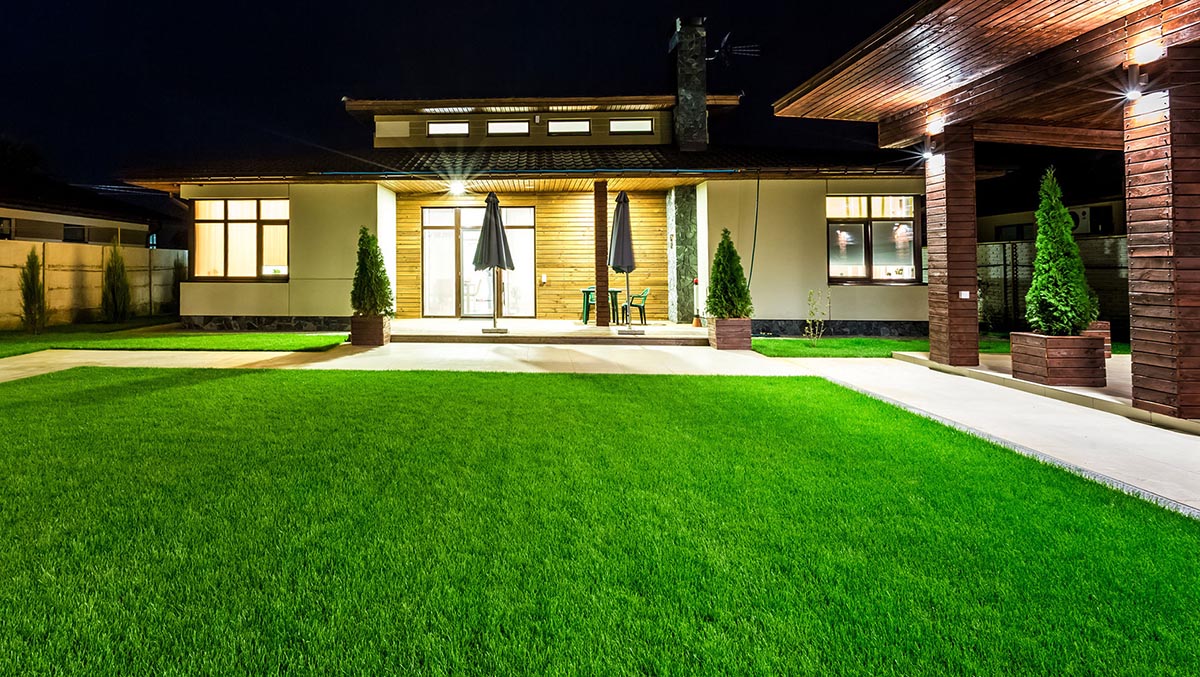

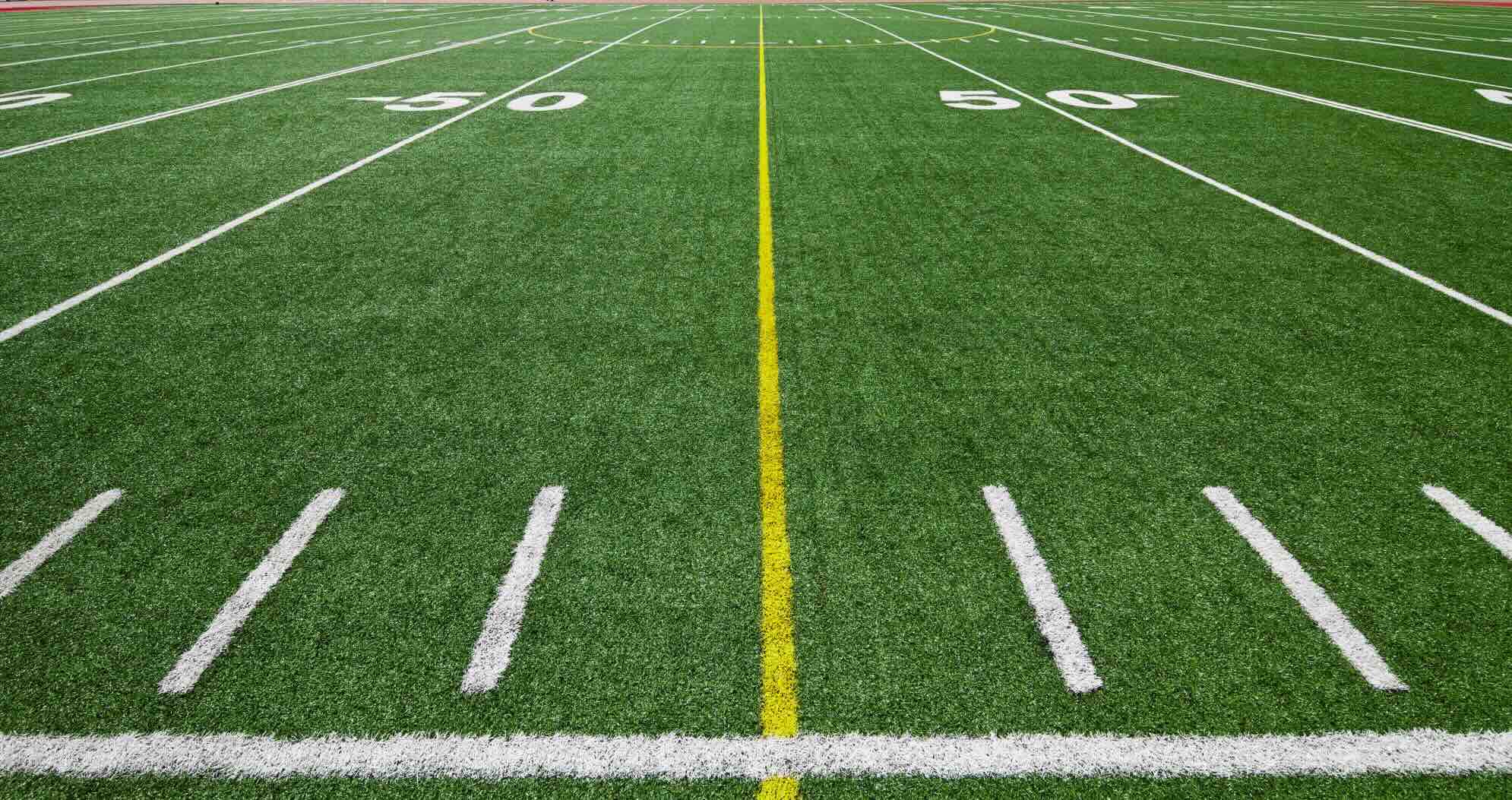
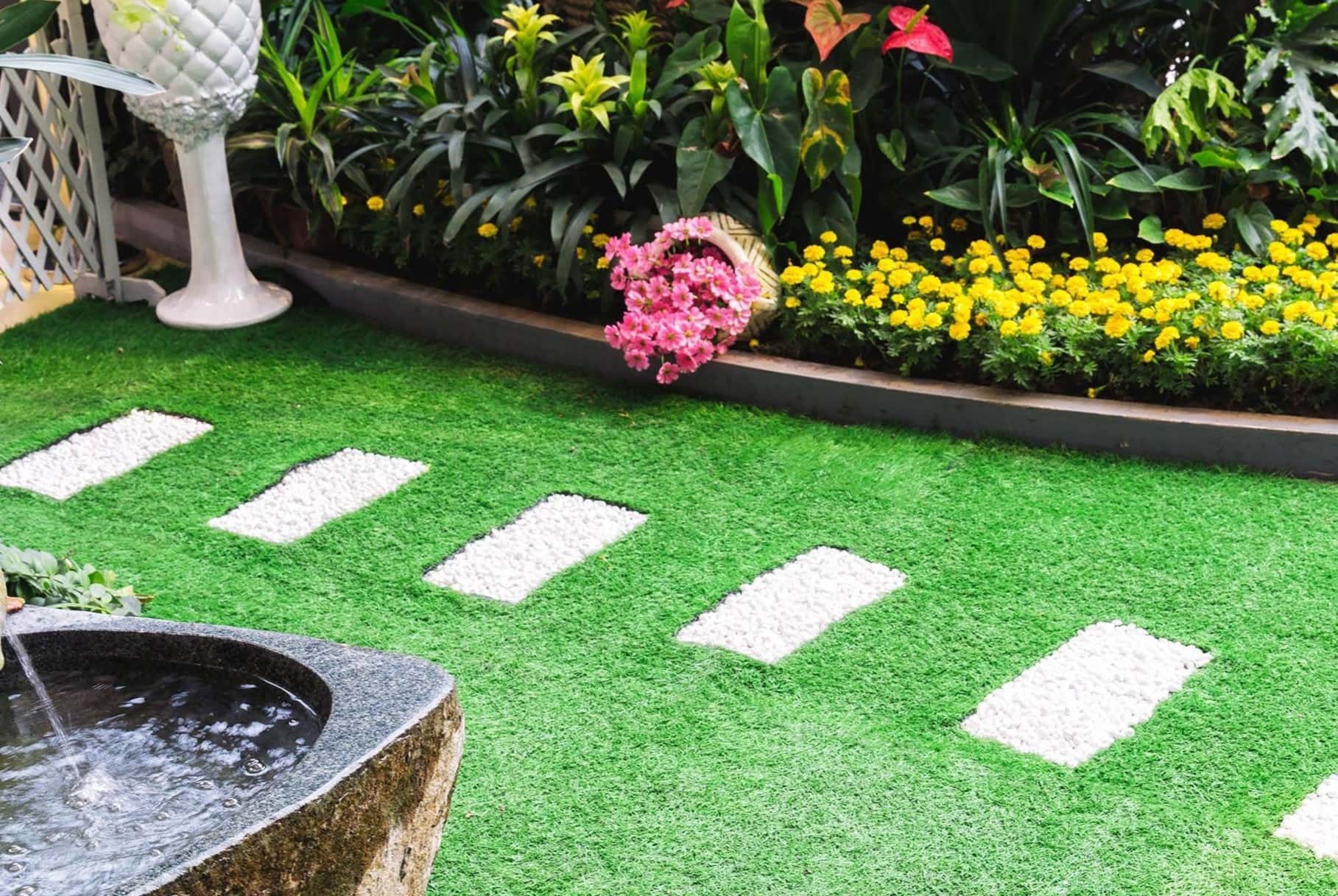
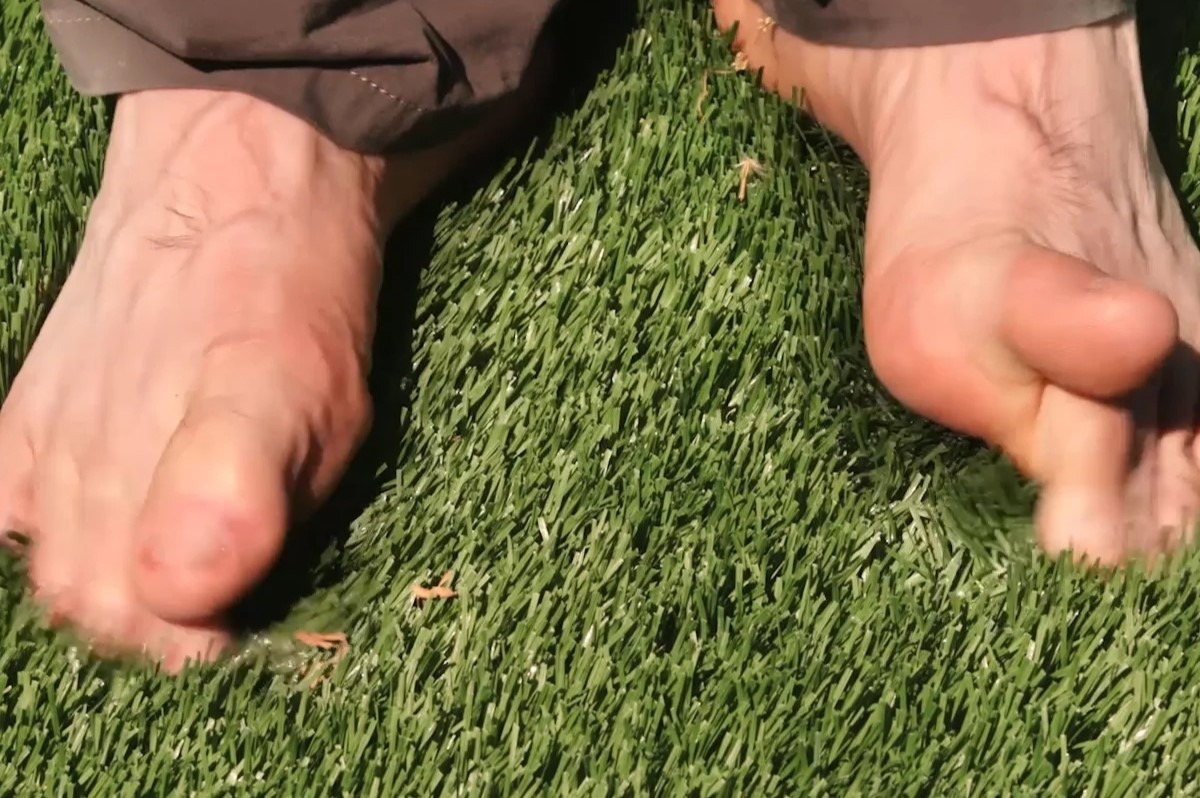
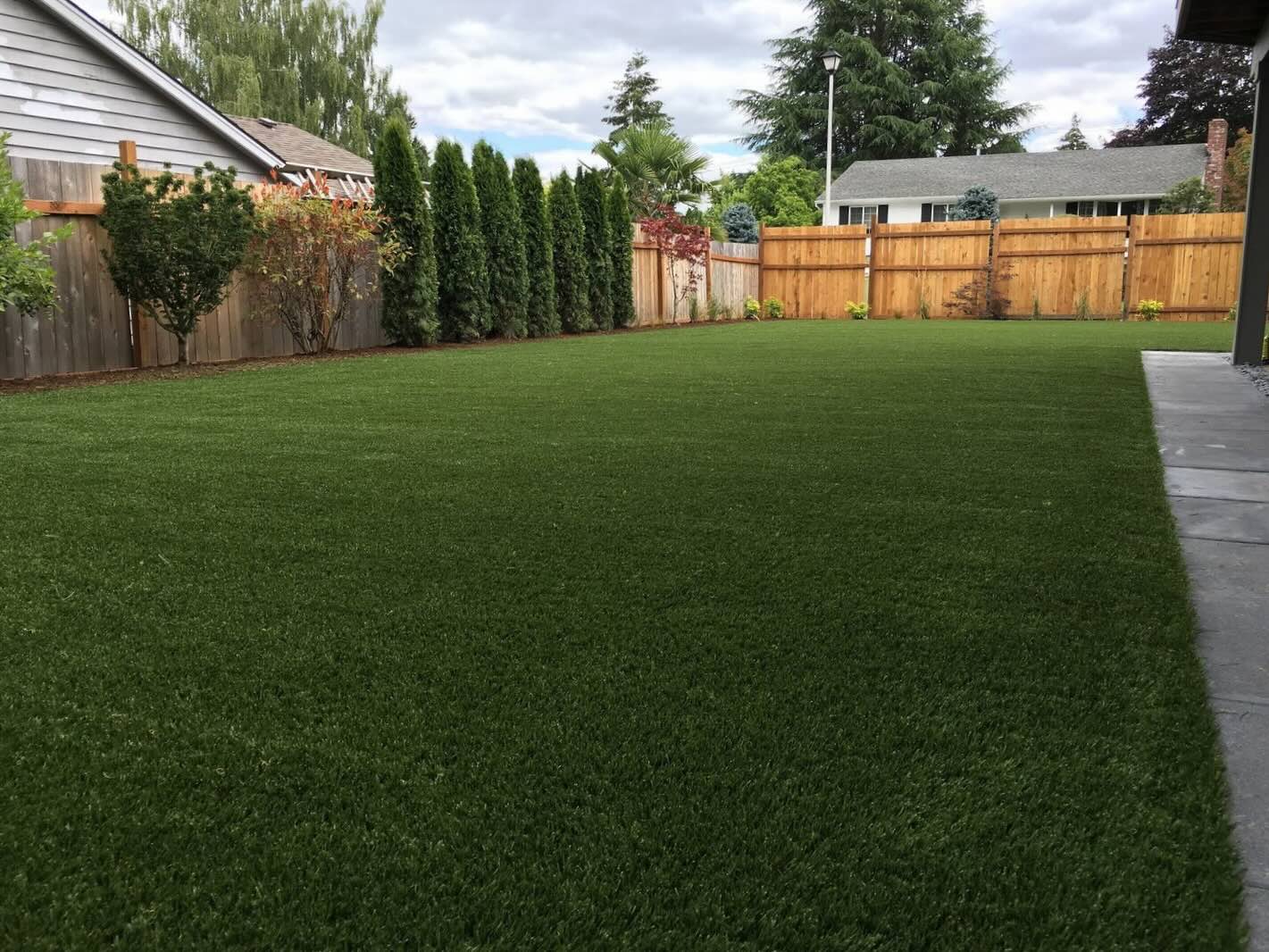
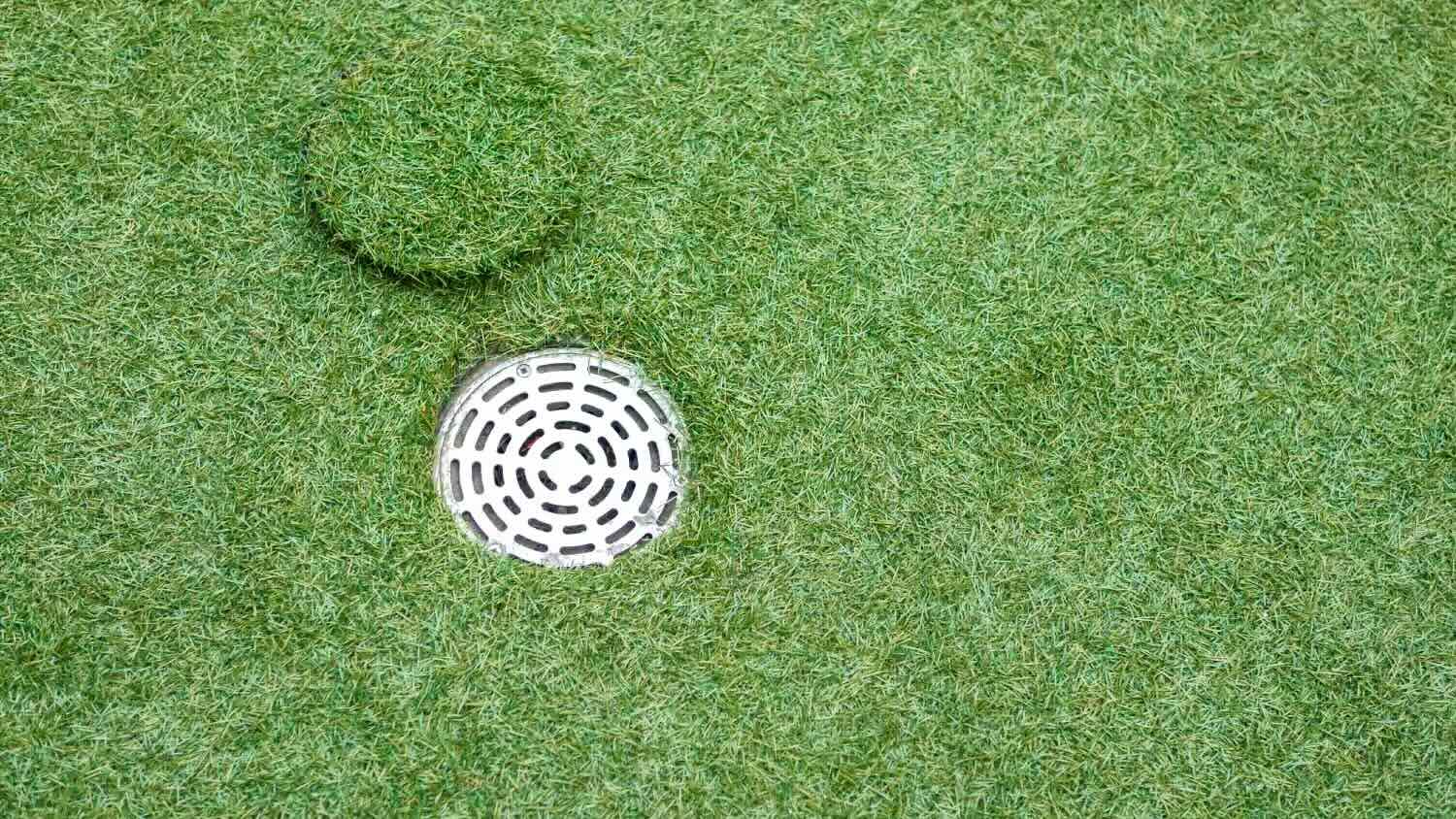
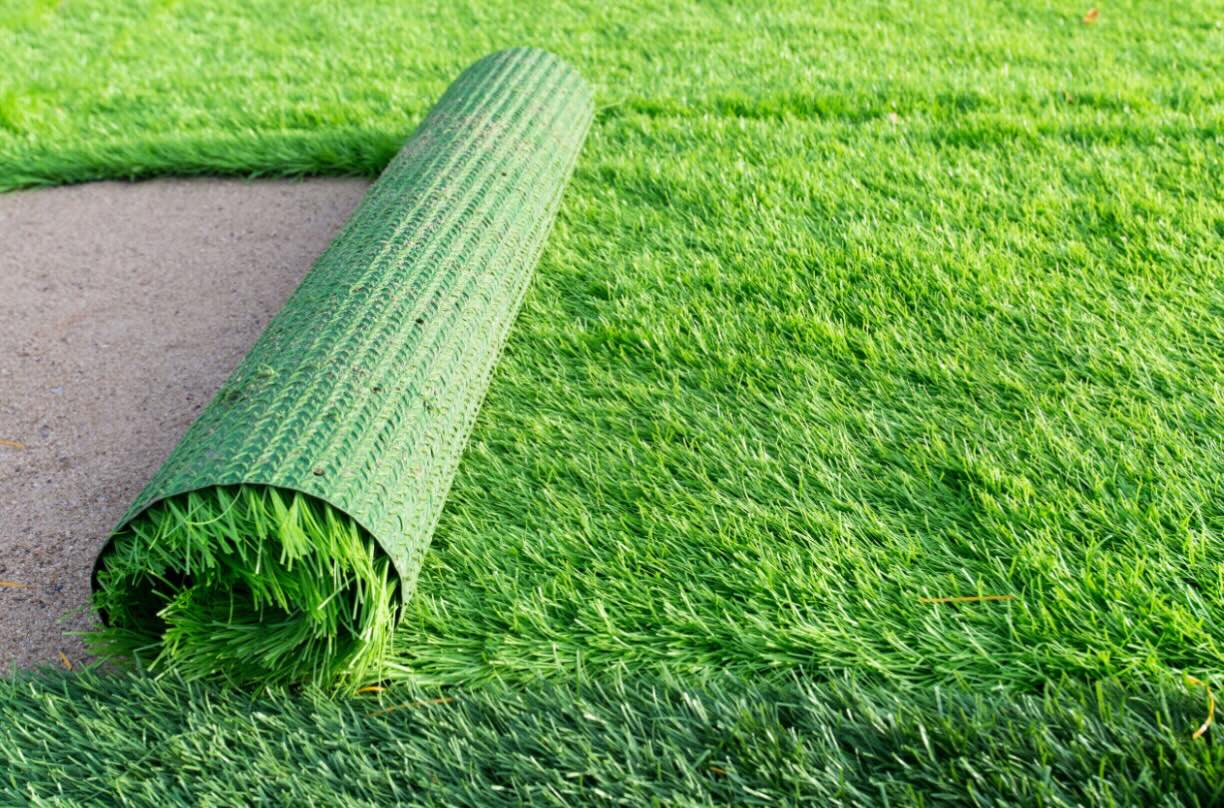
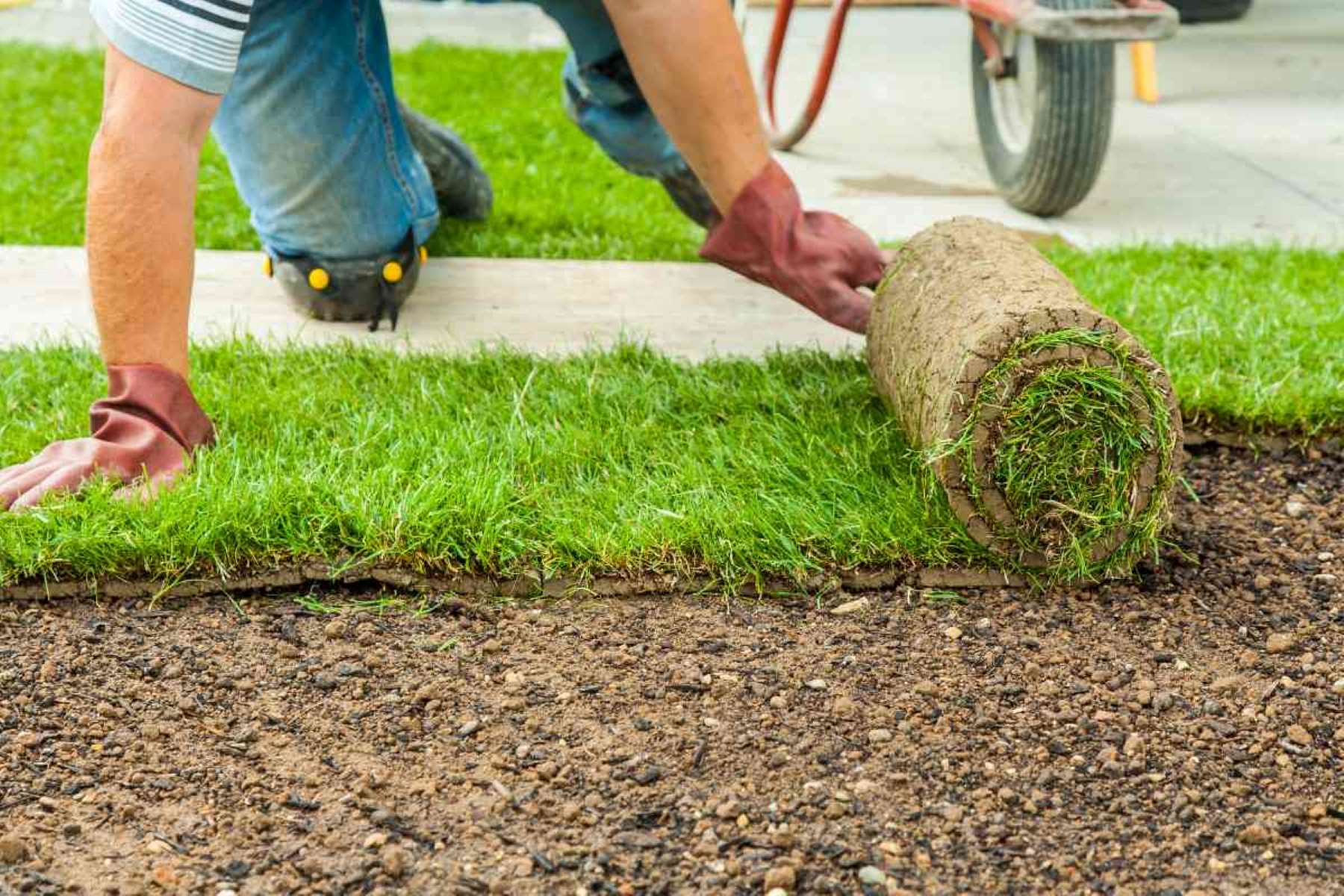
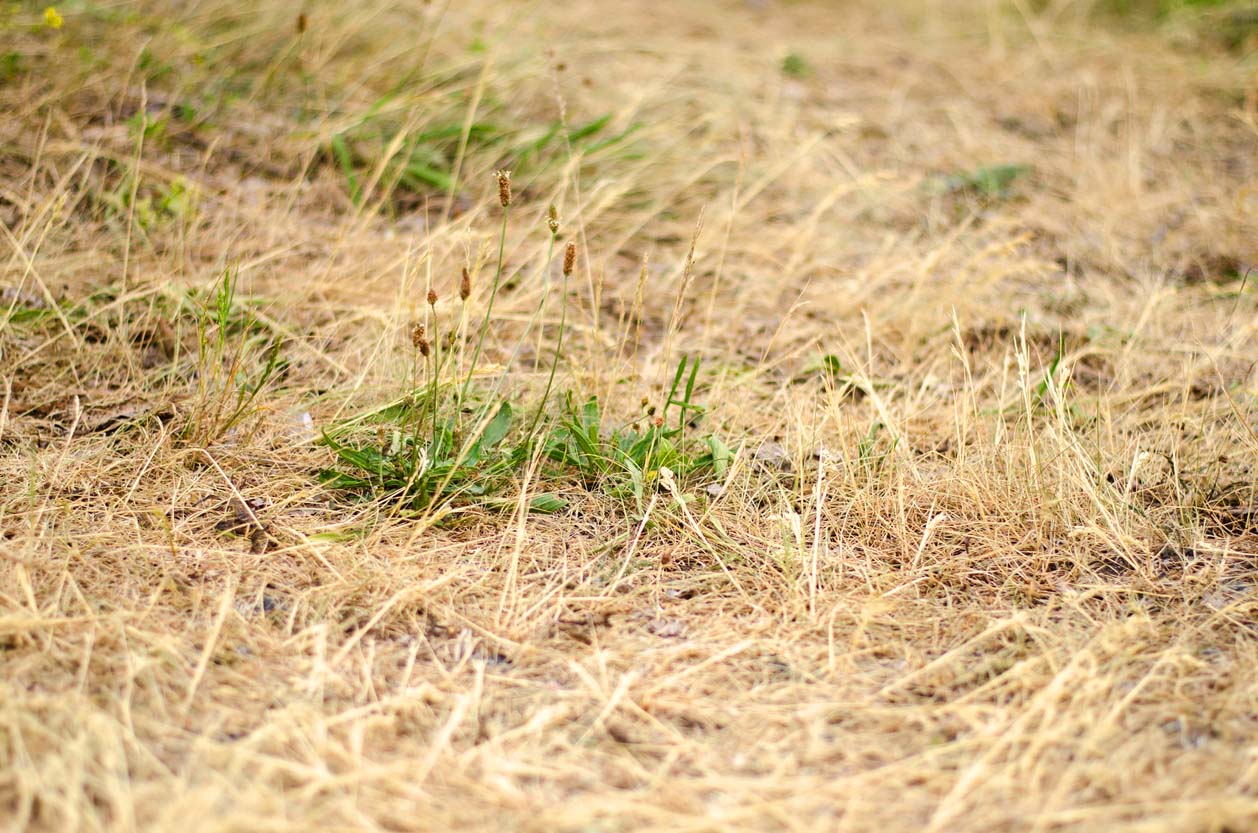
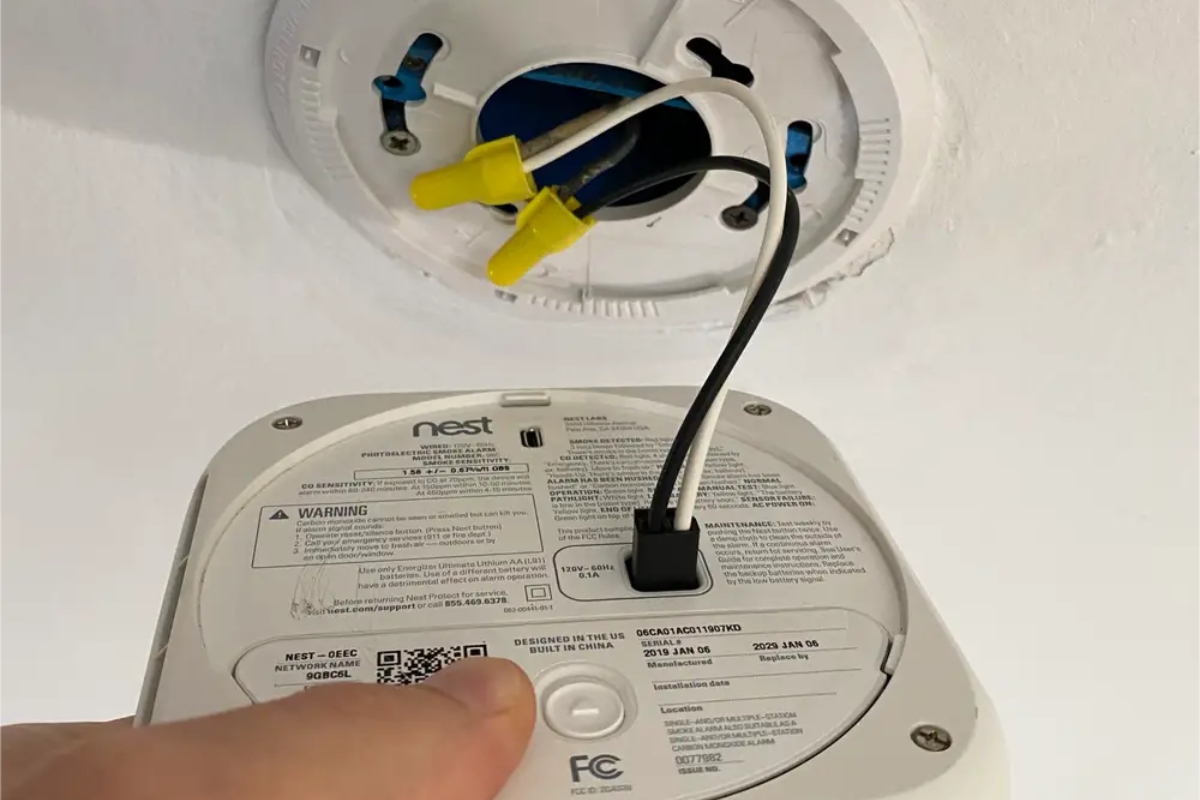
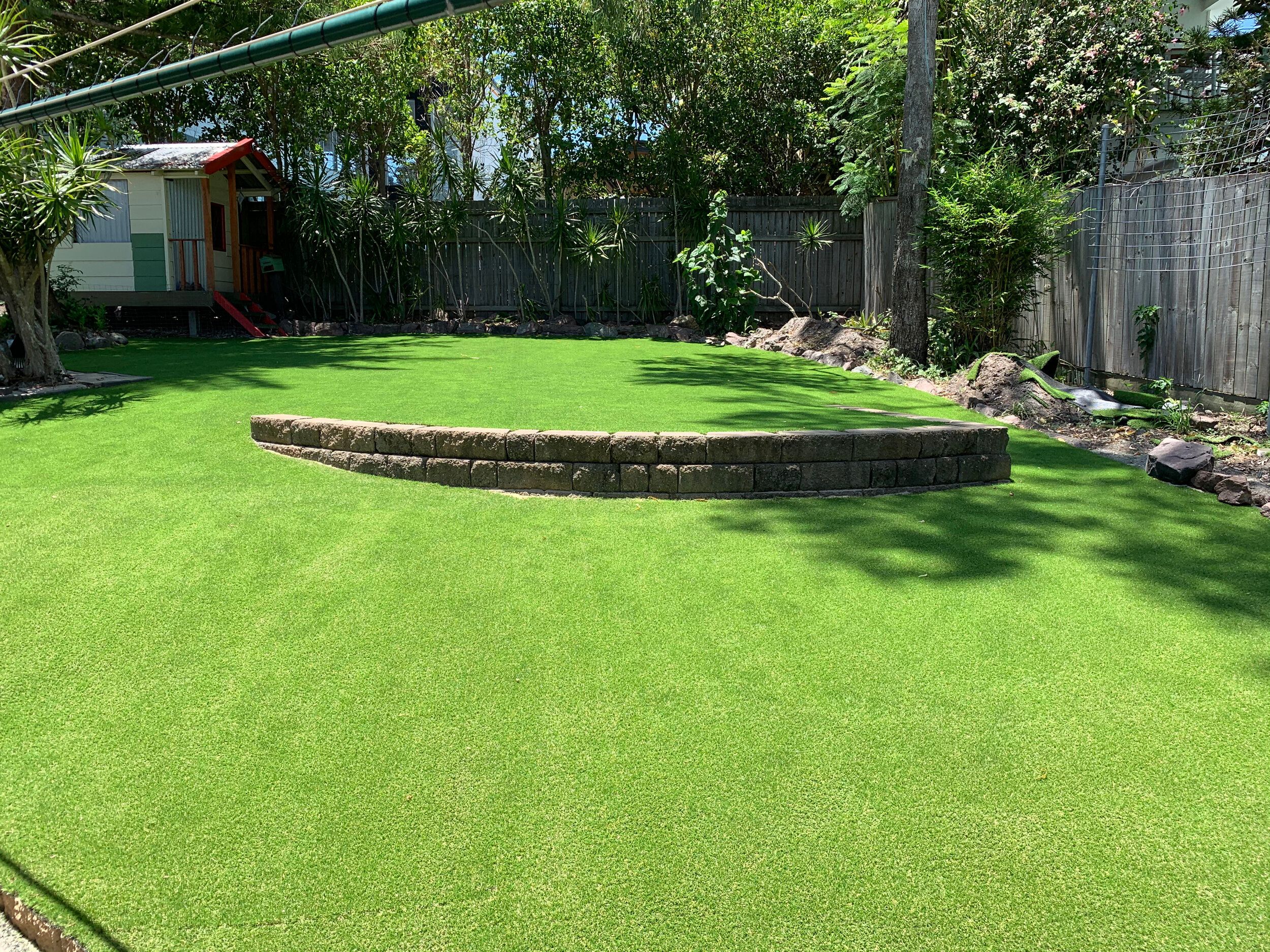
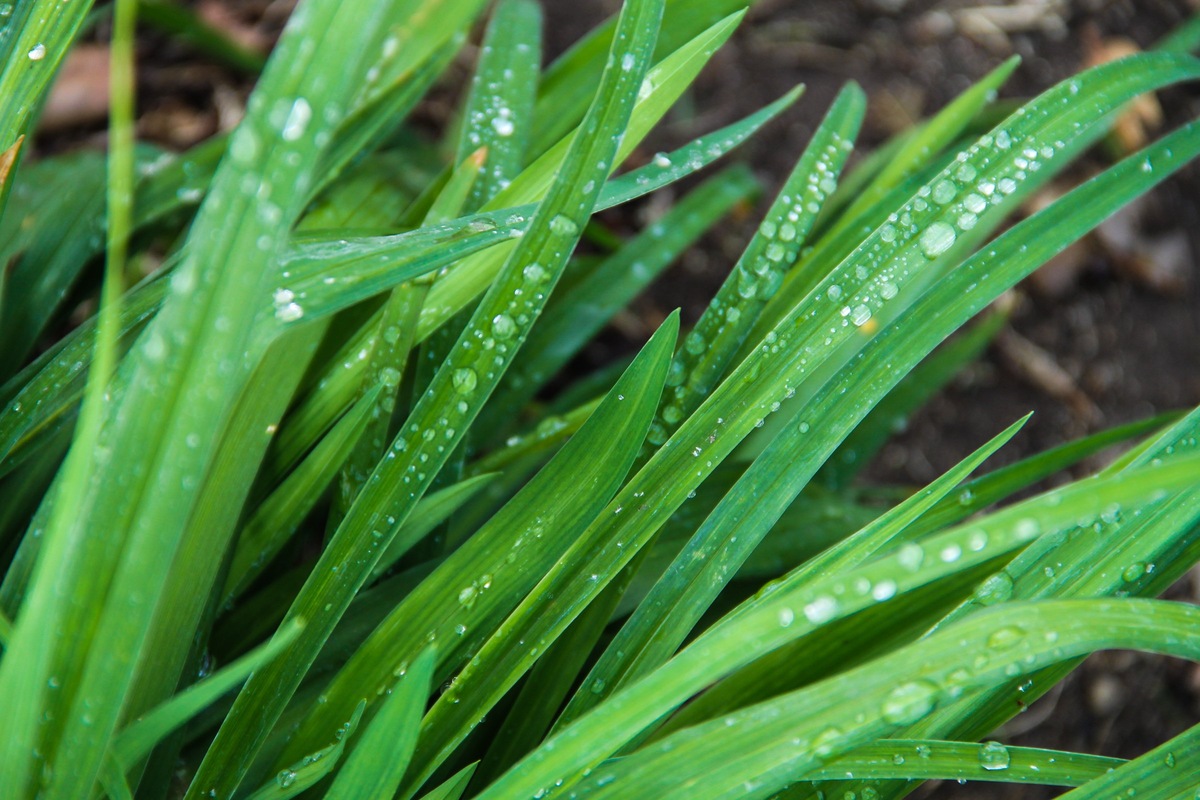

0 thoughts on “Lower Part Of Turf Grass Has Yellow In It, What Does This Indicate”